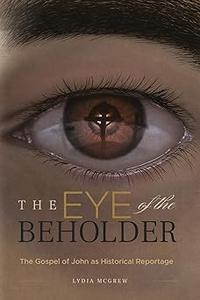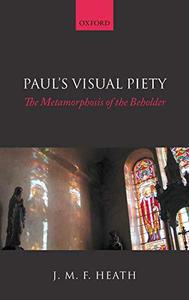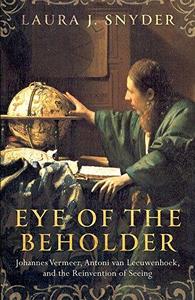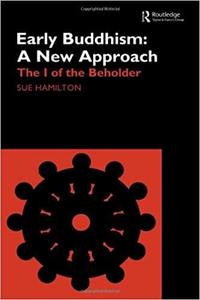
 |
 Free Download Lydia McGrew, "The Eye of the Beholder: The Gospel of John as Historical Reportage" English | ISBN: 1947929151 | 2021 | 524 pages | EPUB | 915 KB Why is the Gospel of John different from Matthew, Mark, and Luke? Many scholars have suggested that John felt more free than the other evangelists to massage the facts in the service of his theological goals and to put embellishments into the mouth of Jesus. Such freedom supposedly accounts for the discourses in John, for Jesus' way of speaking in John, and for (at least) the time, place, and manner of various incidents. Analytic philosopher Lydia McGrew refutes these claims, arguing in detail that John never invents material and that he is robustly reliable and honestly historical.  Paul's Visual Piety: The Metamorphosis of the Beholder By J. M. F. Heath 2013 | 304 Pages | ISBN: 0199664145 | PDF | 28 MB This book is at the interface between Visual Studies and Biblical Studies. For several decades, scholars of visuality have been uncovering the significance of everyday visual practices, in the sense of learnt habits of viewing and the assumptions that underpin them. They have shown that these play a key role in forming and maintaining relationships in religious devotion and in social life. The "Visual Studies" movement brought issues such as these to the attention of most humanities disciplines by the end of the twentieth century, but until very recently made little impact on Biblical Studies. The explanation for this "disciplinary blind-spot" lies partly in the reception of St Paul, who became Augustine's inspiration for platonising denigration of the material world, and Luther's for faith through "scripture alone." In the hands of more radical Reformers, the Word was soon vehemently opposed to the Image, an emphasis that was further fostered in the philologically-inclined university faculties where Biblical Studies developed. Yet Paul's piety is visual as well as verbal, even aside from his mystical visions. He envisages a contemplative focus on certain this-worldly sights as an integral part of believers' metamorphosis into Christ-likeness. This theme runs through Romans, but finds its most concise expression in his correspondence with the Corinthians: "We all, with unveiled face, beholding in a mirror the glory of the Lord, are being metamorphosed into the same image, from glory to glory, as from the Lord, the Spirit" (2 Cor 3:18). Richly ambiguous and allegorical as this is, Paul shortly afterward defines an earthly site where this transformative, sacred gaze occurs. He insists that not mere death, but the death of Jesus is 'made manifest' in his suffering apostolic flesh. Rightly perceived, this becomes a holy spectacle for the sacred gaze, working life in those who behold in faith, but undoing those who see but do not perceive.
 Eye of the Beholder: Johannes Vermeer, Antoni van Leeuwenhoek, and the Reinvention of Seeing By Laura J. Snyder 2015 | 576 Pages | ISBN: 1784970247 | EPUB | 27 MB By the early 17th century the Scientific Revolution was well under way. Philosophers and scientists were throwing off the yoke of ancient authority to peer at nature and the cosmos through microscopes and telescopes. In October 1632, in the small town of Delft in the Dutch Republic, two geniuses were born who would bring about a seismic shift in the idea of what it meant to see the world. One was Johannes Vermeer, whose experiments with lenses and a camera obscura taught him how we see under different conditions of light and helped him create the most luminous works of art ever beheld. The other was Antoni van Leeuwenhoek, whose work with microscopes revealed a previously unimagined realm of minuscule creatures. By intertwining the biographies of these two men, Laura Snyder tells the story of a historical moment in both art and science that revolutionized how we see the world today.
 Early Buddhism: A New Approach: The I of the Beholder (Routledge Critical Studies in Buddhism) by Sue Hamilton-Blyth English | May 16, 2000 | ISBN: 0700713573 | 233 pages | AZW3 | 0.411 MB New interpretations of the central teachings of early Buddhism, mainly the relationship between identity and perception in early Buddhism. |